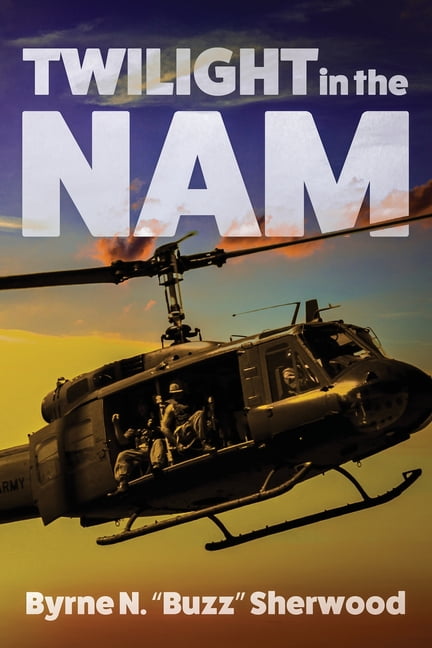

- #Books regarding the 196th light infantry brigade vietnam Patch
- #Books regarding the 196th light infantry brigade vietnam full
- #Books regarding the 196th light infantry brigade vietnam professional
Defense of the LZ required constant day and night air support, including the awesome firepower of AC-47 "Spooky" fixed wing gunships circling the hill. Any medical evacuation required significant air support to temporarily dowse incoming fire.
#Books regarding the 196th light infantry brigade vietnam professional
They were left to rot in the hot sun leaving a horrible smell and sight.Īs the day wore on, conditions on LZ Professional had become severe. The intense incoming prevented carcasses of the dead NVA from being removed from the LZ's perimeter wire. The LZ received a continuous barrage of incoming mortar rounds and rocket fire from a recoilless on the adjacent hill 497.

On the morning after the attack the remains of twenty NVA sappers killed in action were left stranded in the perimeter line barbed wire. C, 1/14 Arty, was surprise attacked an NVA sapper unit from the V-16 NVA Sapper Battalion. On a moonless night, at 0220 hours on May 12, 1969, LZ Professional, defended by Co. and 1st/502 Inf., a helicopter assault unit, B Troop 2nd Squadron /17th Air Cavalry.Ī massive show of NVA firepower and endurance The 101st Airborne Division units directly affected were the infantry companies of two battalions, the 1st/501st Inf. The Americal units directly affected were the 1/46th Infantry companies and C Battery, 1st/14th Arty, which maintained 105mm artillery atop LZ Professional. Most of these counts were sustained in intense combat during the month of May. May 15 became the start of a joint Americal/101st Airborne effort named Operation Lamar Plain that continued until mid-August 1969.įrom May 12 to the conclusion of Operation Lamar Plain, US casualties counted to 125 US KIA, 460 US WIA, and 1 US MIA. battalion was placed under the operational control (OPCON) of the 101st brigade, which was in-turn OPCON to the Americal Division. The 101st Airborne's, 1st Brigade brought a force of two infantry battalions, the 2nd Squadron /17th Air Cav, teams of OH-6A "Loaches" armed with 7.65 mm miniguns, AH-1G Cobras (aerial rocket artillery), a 105mm Artillery battery, a company of UH-1 Hueys, and a section of CH-47 Chinooks and a team of Air Force forward controllers.

#Books regarding the 196th light infantry brigade vietnam full
The attack on LZ Professional escalated into a Tactical Emergency (TAC-E.) on when a full airmobile brigade of the 101st Airborne Division was dispatched into the area. One of the most intense attacks occurred in the "free-fire zone" around LZ Professional patrolled by the 1/46 Infantry. On May 12, 1969, the North Vietnam Army (NVA) began a major offensive throughout the Americal Division area of operations at LZ's Baldy, Center, and Professional. Sources include Americal Division after-action reports, 1/46 Infantry daily staff journals, the Operation Lamar Plain after-action report filed by the 101st Airborne Division, Medal of Honor documentation, and an August 1993 Vietnam Magazine article titled Recon Zone Alpha written by John Hayes. It is a reconstruction of events from declassified official records as well as the personal recollections of veterans from Americal units who were involved. This story is about a combat event that happened in May, 1969 in the area around the fire support base named LZ Professional. I am including a recollection of the event from Rick Olson,found on this website:įrom: AMERICAL NEWSLETTER: VIETNAM NEWS NETWORK Dunagan,Commanding Officer of Alpha Co.,1st/46th Infantry,196th Light Infantry Brigade for heroic action in May 1969.
#Books regarding the 196th light infantry brigade vietnam Patch
newspapers.I just picked up this patch,have'nt yet received it,so the pics are'nt mine.The unit from this patch has an interesting history they were involved in a battleįor their lives and were nearly routed by North Vietnamese forces,who outnumbered them 3 to 1.Given the Medal of Honor for his action in this battle wasĬpt. This case of “combat refusal,” as the Army described it, was reported widely in U.S. Schurtz was relieved of his command and transferred to another assignment in the division. The unit eventually moved out when Bacon sent his executive officer and a sergeant to give Schurtz’s troops “a pep talk,” but when they reached the downed helicopter on August 25, they found all eight men aboard dead. Bacon, and informed him that his men had refused to follow his order to move out because they had “simply had enough” and that they were “broken.” Schurtz called his battalion commander, Lieutenant Colonel Robert C. The unit had been in fierce combat for five days against entrenched North Vietnamese forces and had taken heavy casualties. Company A of the Third Battalion, 196th Light Infantry Brigade refuses the order of its commander, Lieutenant Eugene Schurtz, Jr., to continue an attack that had been launched to reach a downed helicopter shot down in the Que Son valley, 30 miles south of Da Nang.


 0 kommentar(er)
0 kommentar(er)
